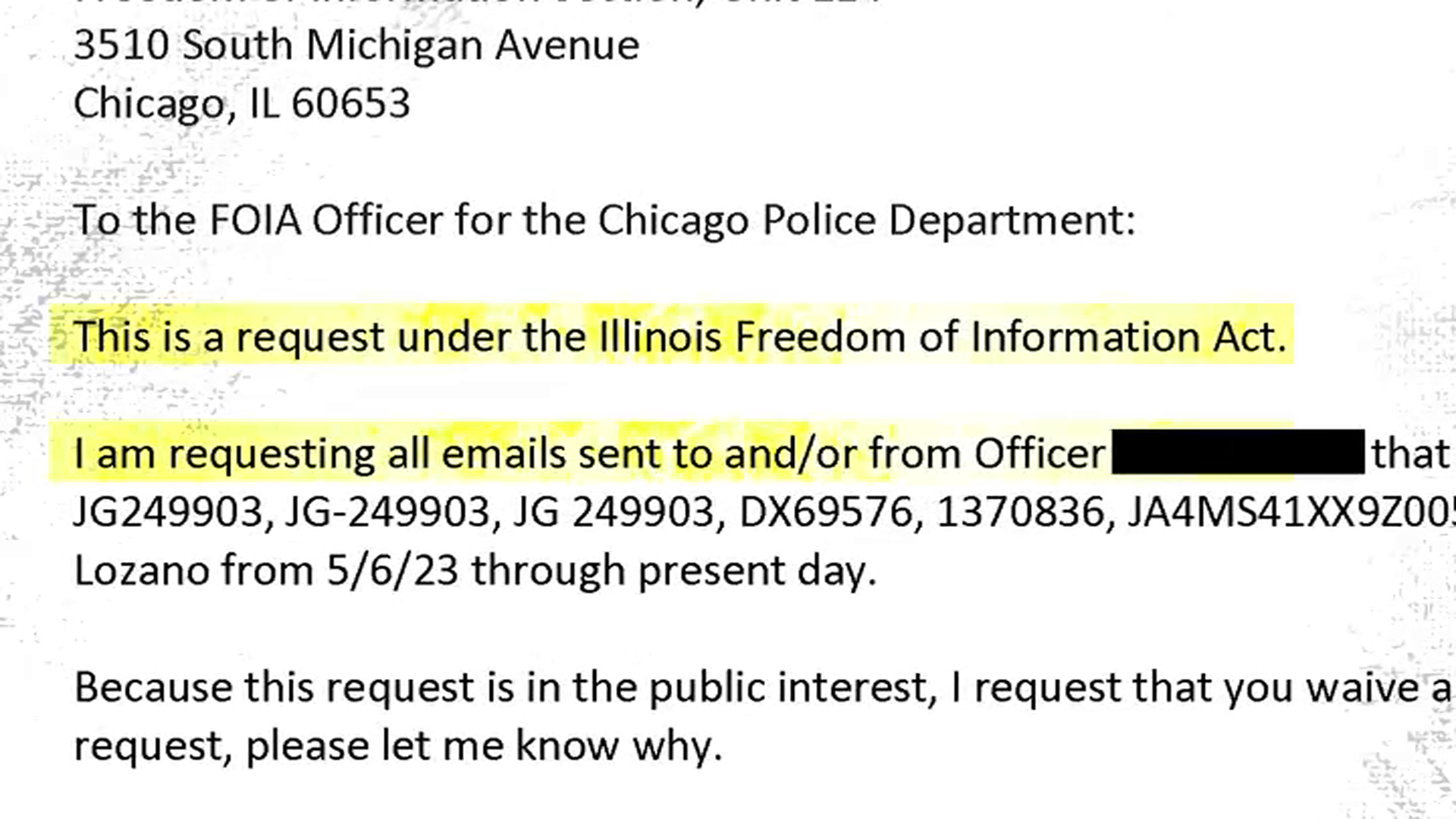As omicron subvariants continue to make up roughly all COVID cases in the U.S., and as new variants continue to emerge, are symptoms shifting?
According to the latest update from the CDC, the BA.5 lineage of the omicron variant is now the most prevalent strain of the virus in the U.S., accounting for more than 88% of recent cases.
The BA.4 subvariant, which began to circulate around the same time as BA.5, is still responsible for the second-most cases in the U.S. at 5.3%, but it could soon lose that spot to one of its other sublineages, with the BA.4.6 strain also responsible for just over 5% of cases, according to CDC estimates.
As more cases occur, many are curious about what symptoms typically appear with COVID and how quickly those symptoms can surface.
Feeling out of the loop? We'll catch you up on the Chicago news you need to know. Sign up for the weekly Chicago Catch-Up newsletter here.
According to Johns Hopkins Medicine, early symptoms of COVID-19 typically include fatigue, headache, sore throat or a fever. Some patients also experience a loss of taste or smell as an early or their first symptom.
A study by researchers at the University of Southern California found fever may be first, as well as two other symptoms. It found the initial symptoms of COVID-19 are most likely a fever, followed by a cough and muscle pain. Then, those infected will likely experience nausea, vomiting or diarrhea. Unlike other respiratory illnesses such as MERS and SARS, COVID-19 patients will likely develop nausea and vomiting before diarrhea, the researchers found.
Digestive symptoms, in some instances, may be the first sign someone has contracted COVID. They have been known to develop at the beginning of an infection, with respiratory symptoms possibly following a day later, according to an article from Emerson Health.
Local
Still, some symptoms, such as shortness of breath, have become less prevalent as the virus continues to mutate.
"In terms of symptoms and what people have it's been so incredibly heterogeneous," said Dr. Sharon Welbel, the director of Hospital Epidemiology and Infection Control for Cook County Health. "I find with omicron we do know that still the most common is fever, cough - not so much shortness of breath anymore like we had with the Wuhan virus, but fever, sore throat and, as I said, cough."
While the BA.5 subvariant tends to cause similar symptoms to other COVID variants, Chicago's top doctor says that there could be more of a concentration on upper respiratory issues, as the virus tends to linger in nasal passages and other parts of the respiratory system above the lungs.
Dr. Allison Arwady, commissioner of the Chicago Department of Public Health, also says that patients are also tending to see longer-lasting, and more prevalent, symptoms because of how virulent the BA.5 subvariant is.
"Nothing really significantly different, I would say, but just more symptoms. It's a more virulent infection," she said during a recent Facebook Live.
Experts do caution patients that the severity, or even the type, of initial symptoms can vary widely from person to person.
"I think it's really variable depending from person to person," Welbel said. "It depends on age, it depends on comorbid illness, it depends on vaccine status, if one has been infected before potentially their you know, immune system is revved up more... So, I think that there's no way to protect it to predict it."
The CDC says that the median time for the appearance of symptoms in a patient with the different lineages of omicron could be just three days.
In general, symptoms will typically appear 2-to-14 days after exposure to the virus, according to the CDC. How long they last, however, can depend on the person, the severity of their infection and whether or not they end up with long COVID.
"Some people say they feel better in a day, some people say they still have lingering symptoms after three weeks," Welbel said.
Symptoms of the virus include:
-Fever or chills
-Cough
-Shortness of breath
-Fatigue
-Muscle or body aches
-Headache
-New loss of taste or smell
-Sore throat
-Congestion or runny nose
-Nausea or vomiting
-Diarrhea
Patients are urged to seek emergency medical attention if they experience:
-Trouble breathing
-Persistent chest pain or pressure
-New confusion
-Inability to wake or stay awake
-Pale, gray, or blue-colored skin, lips, or nail beds



